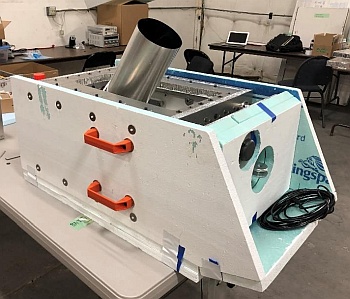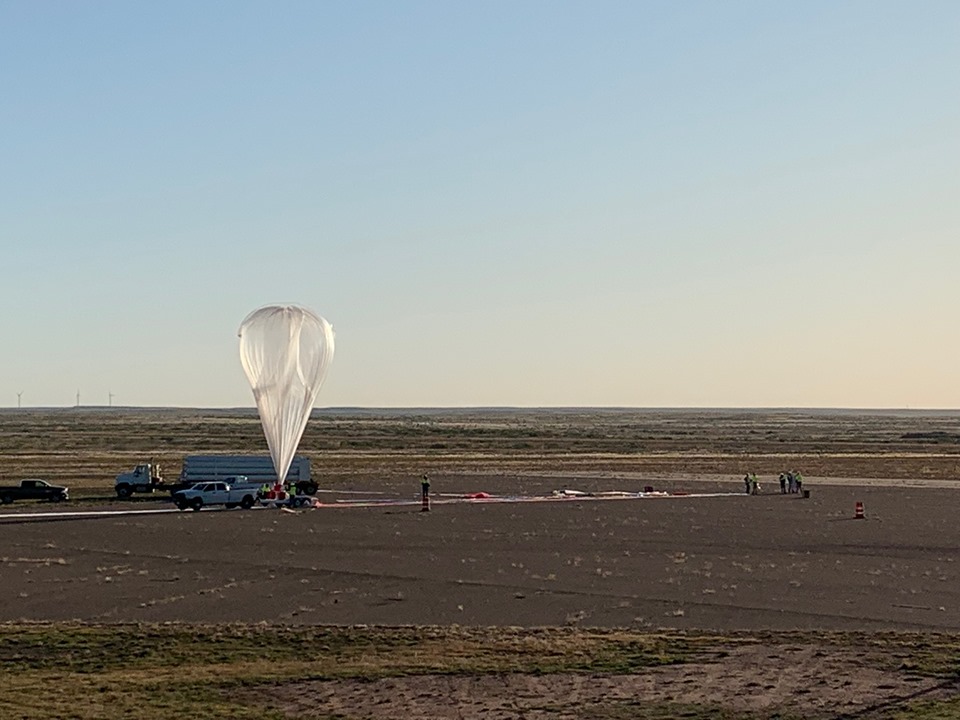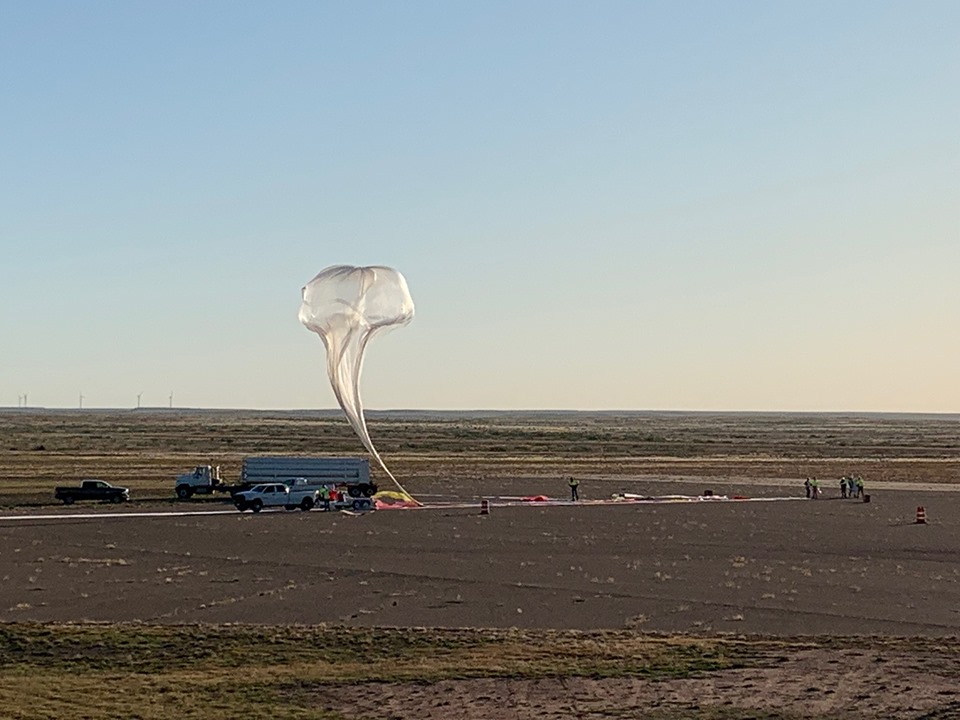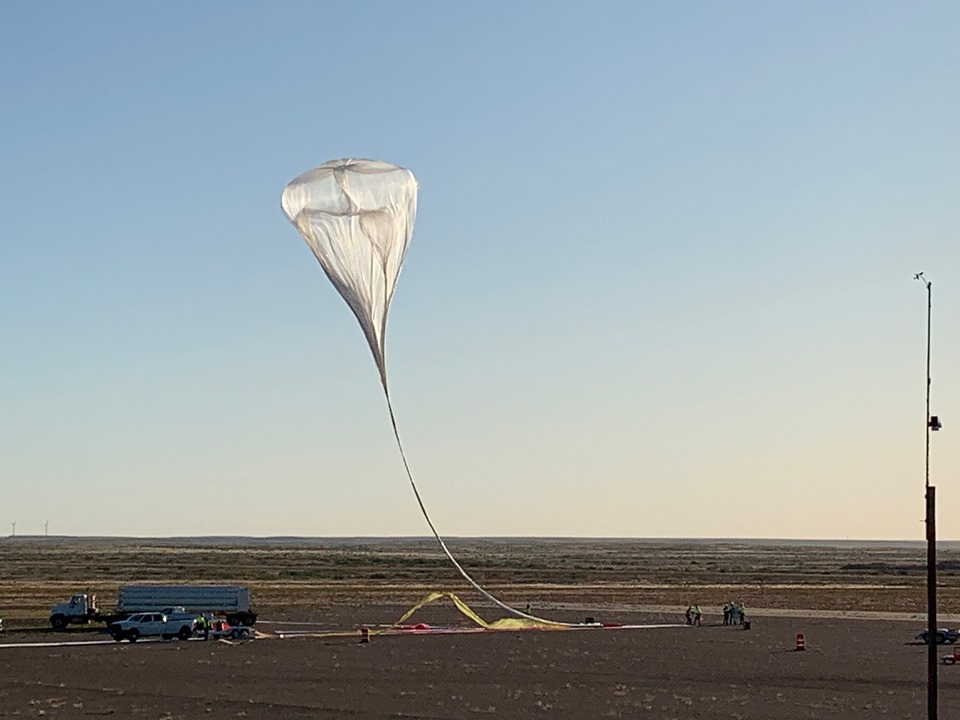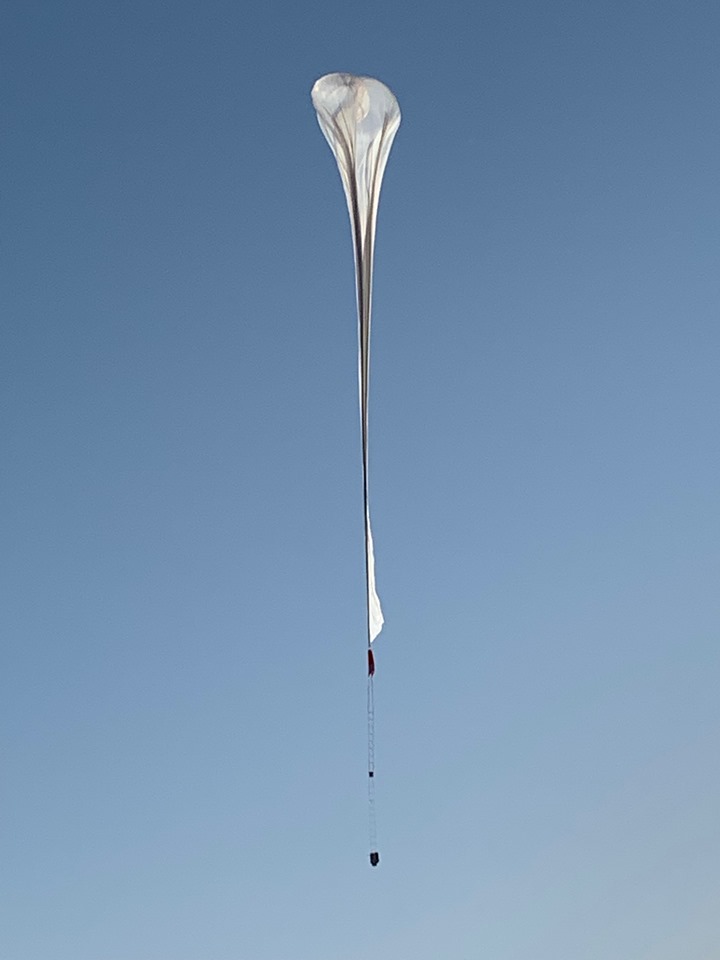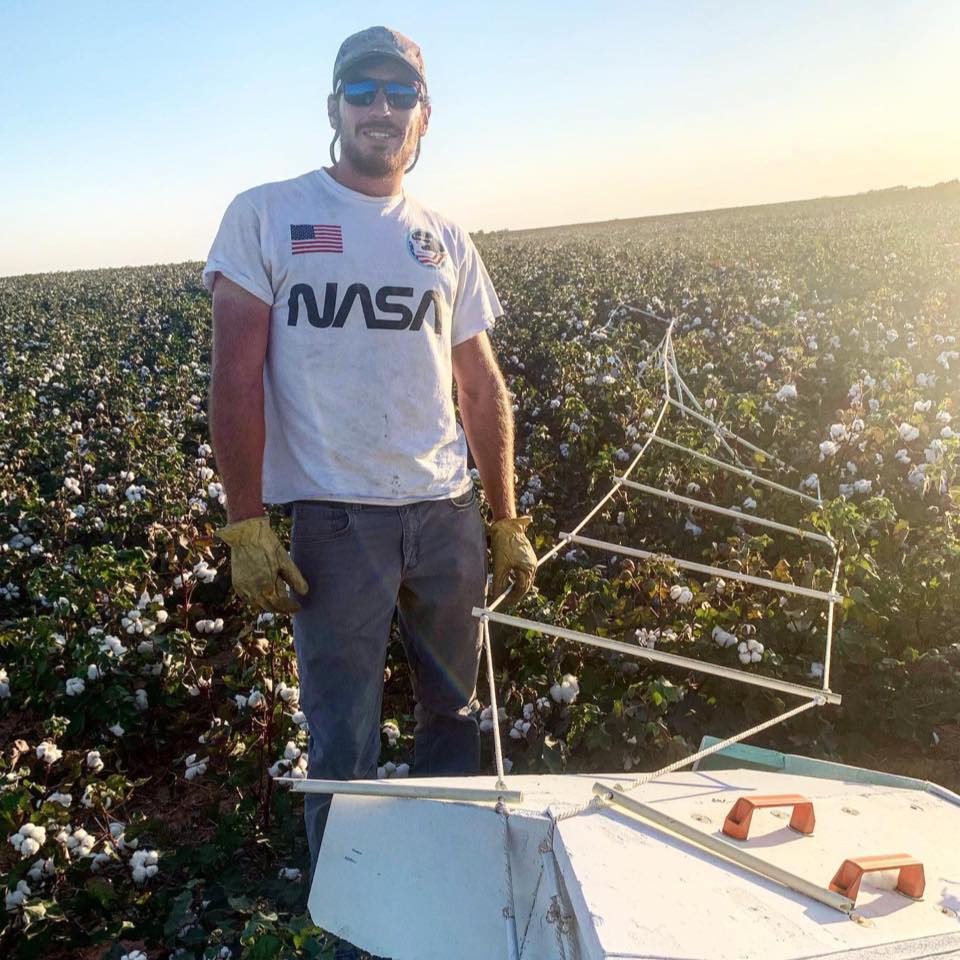Purpose of the flight and payload description
THAI-SPICE, which stands for Testbed for High Acuity Imaging - Stable Photometry Image-motion Compensation Experiment, was a special platform developed by a team of the Southwest Research Institute (SWRI) to study two of the main obstacles to obtaining sharp images from a balloon platform: temperature-induced optical aberrations and motion of the focal plane.
To address the first problem were tested in flight a system of sunshields, earth-shields and telescope insulation to passively reduce thermal gradients to a few degrees Kelvin. To study the second problem was flown a solid-state fine-pointing device: an orthogonal transfer CCD (OTCCD) that moved the image on the detector during exposures to compensate for tip-tilt pointing errors.
Also was carried onboard a wavefront sensor, to determine whether relatively inexpensive telescopes -combined with deformable mirrors- can produce images of sufficient quality to be useful in finding binary asteroid systems.
Details of the balloon flight
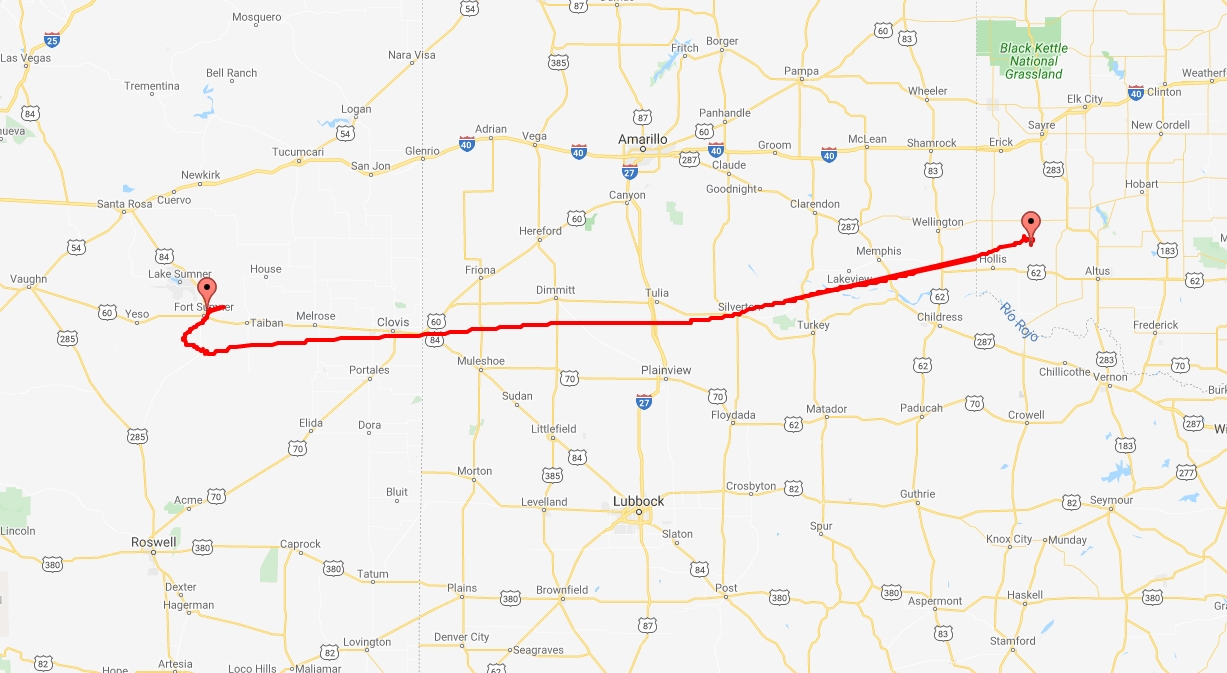
Balloon launched on: 10/16/2019 at 13:56 utc
Launch site: Scientific Flight Balloon Facility, Fort Sumner, (NM), US
Balloon launched by: Columbia Scientific Balloon Facility (CSBF)
Balloon manufacturer/size/composition: Zero Pressure Balloon Raven Aerostar - A1.128-0-03 - 1.128.000 cuft
Flight identification number: 704N
End of flight (L for landing time, W for last contact, otherwise termination time): 10/16/2019 at 19:05 utc
Balloon flight duration (F: time at float only, otherwise total flight time in d:days / h:hours or m:minutes - ): 5 h 45 m
Landing site: NE of Hollis, Oklahoma, US
Payload weight: 70 lbs
External references
- Prospects for detecting and characterizing asteroid satellites with NASA's high-altitude balloon program
- Testbed for High-Acuity Imaging and Stable Photometry and Image-Motion Compensation (THAI-SPICE) Final Report, Program 10214, J. A. Gregory, 21 April 2021
- Thermal Modeling of the High-Altitude Balloon Telescope Environment via THAI-SPICE Thesis resume by Genesis Brockett, University of Virginia (2020)
15638If you consider this website interesting or useful, you can help me to keep it up and running with a small donation to cover the operational costs. Just the equivalent of the price of a cup of coffee helps a lot.

